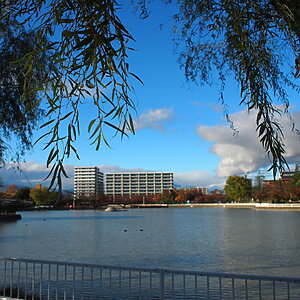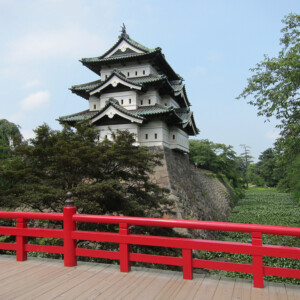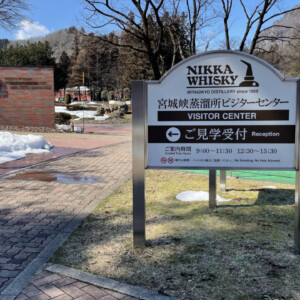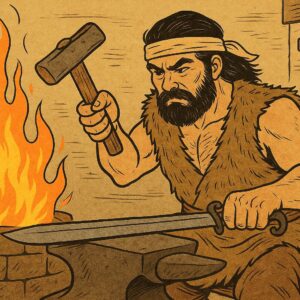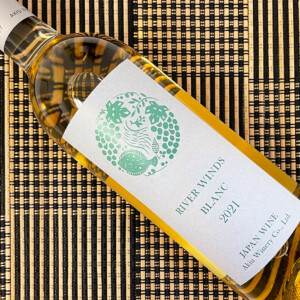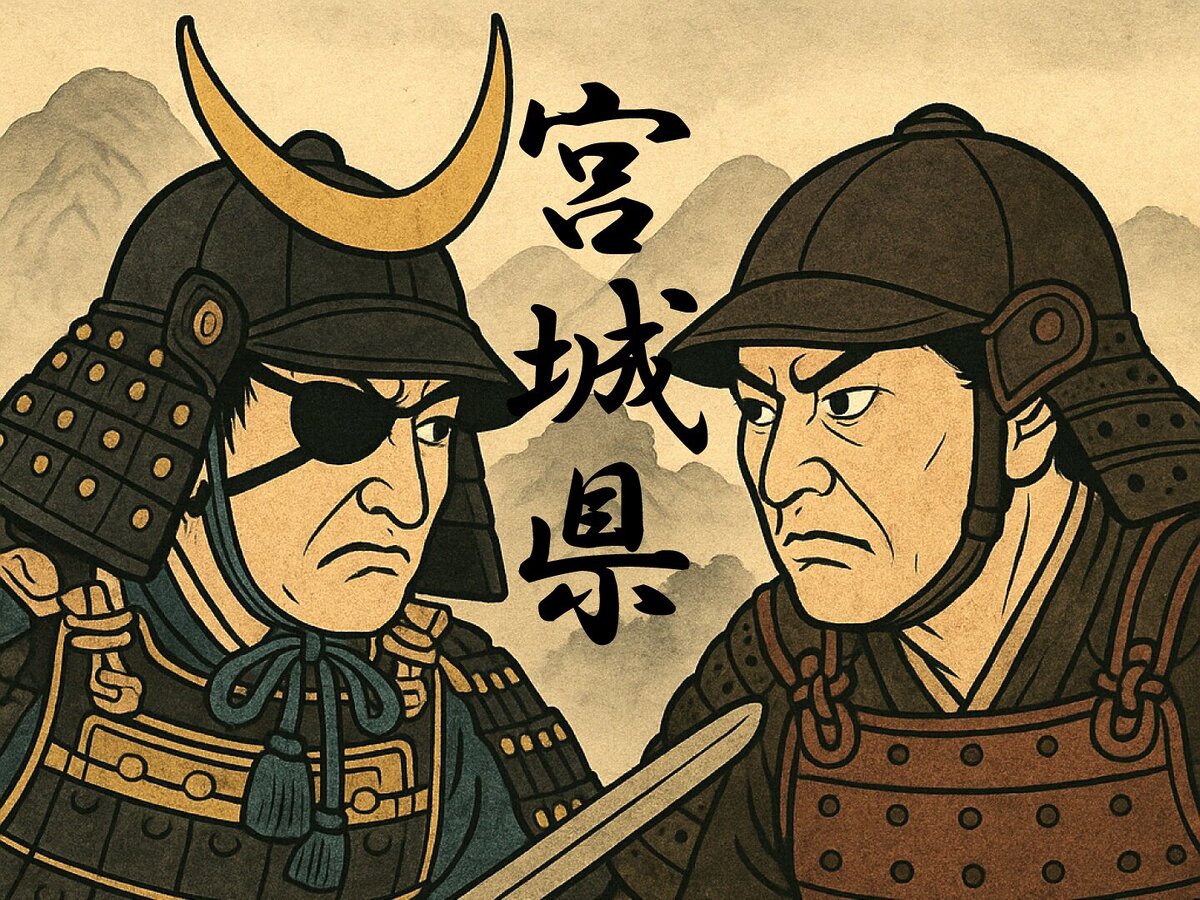
Three warlords from Miyagi Prefecture in the Sengoku period! Date Masamune, Katakura Kagetsuna, Itoshimi
table of contents
- 1 "The One-Eyed Dragon of Oshu" Date Masamune (1567-1636)
- 1.1 Zen Master Tokai, Masamune's lifelong teacher
- 1.2 Inheritance of the family headship and the death of his father, Terumune
- 1.3 Two great battles: Hitotoribashi and Suriagehara
- 1.4 The struggle with the rulers of Japan, from Yonezawa to Iwadeyama and then to Sendai
- 1.5 In his later years he devoted himself to developing his territory
- 1.6 Sendai Castle Ruins<Information>
- 2 "The Strategist Who Supported the One-Eyed Dragon" Katakura Kagetsuna (1557-1615)
- 3 "The bravest man in the Date clan" Date Shigezane (1568-1646)
- 4 summary
- 5 Famous military commanders from Tohoku and other prefectures
During the Sengoku period, Miyagi Prefecture was a place of many warring factions, with local lords who had been granted territories by the shogunate during the Kamakura period fighting among themselves. The Date clan, which had grown in power during this time, saw its power gradually weaken as the 14th head of the clan, Tanemune, and the 15th head of the clan, Harumune, fought in the Tenbun Rebellion
The people who later rebuilt the Date clan were the 17th head of the family, Masamune, and the two warlords who supported him
"The One-Eyed Dragon of Oshu" Date Masamune (1567-1636)
Masamune, who expanded the territory of the Date clan to its largest extent and built the city of Sendai, known as the "City of Trees," lost his right eye to smallpox as a child. While he is known today for wearing an eyepatch made from the tsuba of his sword, this appearance is believed to have been a later production

Zen Master Tokai, Masamune's lifelong teacher
It is said that Masamune's encounter with Kosai Soitsu, a famous monk from Mino (Gifu Prefecture) who was invited by his father, Terumune, helped him become the most powerful Sengoku warlord in the Tohoku region
Masamune was said to have been ugly due to the loss of his right eye and to have had a servile personality, but he learned from Zen Master Tokai how to live as a man and a military commander
Masamune also studied under Zen masters, and it is said that his literary education in Chinese poetry, waka poetry, Noh, and other fields was on a par with that of Kyoto poets
Inheritance of the family headship and the death of his father, Terumune
Around 1584, when Terumune retired and he inherited the family headship as the 17th, wars were continuing between the Date and Tamura clans and the Ashina, Ouchi, and Hatakeyama clans. In 1585, Hatakeyama Yoshitsugu surrendered and Masamune granted him the Nihonmatsu domain. However, after Yoshitsugu mediated, Terumune was kidnapped and held hostage, and Terumune himself ordered the shooting deaths of Yoshitsugu and his father, along with everyone else, with a gun. This led to the various families that had been under Terumune's control leaving the Date clan
Two great battles: Hitotoribashi and Suriagehara
After the seventh day of Terumune's death, Masamune attacked Nihonmatsu Castle with a combined army of 13,000 men from Date, Tamura, and Soma as a memorial battle, but Soma Yoshitane withdrew (there is a theory that he defected), leaving only 7,000 men. A battle ensued near Hitotori Bridge in Motomiya City, Fukushima Prefecture, with a combined army of 30,000 men from Satake and various southern Oku daimyo who had come to the rescue of Nihonmatsu Castle
The Date army, with few soldiers and facing a strong possibility of defeat, managed to draw the battle with the death of their veteran general, Oniwa Sagetssai, but they were in a desperate situation. However, that night, the Satake army retreated for various reasons, and they avoided annihilation
After Nihonmatsu Castle fell, in 1589 (Tensho 17), Masamune invaded Aizu with a large army of 23,000, and clashed with the Ashina army of 18,000 at Suriagehara at the foot of Mount Bandai. After defeating them, Ashina Yoshihiro fled to his family, the Satake clan, and the Ashina clan was destroyed. Masamune became the ruler of southern Oshu
The struggle with the rulers of Japan, from Yonezawa to Iwadeyama and then to Sendai
Although he gained control of southern Oshu, Toyotomi Hideyoshi took away Aizu and other areas, and he was only granted 720,000 koku of land in his former territory of Yonezawa, but in 1591 he was accused of inciting an uprising and was transferred to Iwadeyama Castle in Miyagi Prefecture with a reduced fief of 580,000 koku. However, Masamune did not give up on his ambitions, and continued to compete with Hideyoshi and Tokugawa Ieyasu
He fought alongside Ieyasu in the Keicho Dewa War against the Uesugi forces, but was once again found to be inciting an uprising and was denied further control, so he moved his castle to Sendai and began developing the castle town
In his later years he devoted himself to developing his territory
In his later years, Masamune realized the changing times and focused on managing his domain. He developed the area around Sendai Castle into a major grain-producing region, adopted Kamigata culture, and built national treasures such as Zuiganji Temple and Osaki Hachimangu Shrine
Masamune served the third Tokugawa Shogun, Iemitsu, who trusted him highly and called him the "Father of the Date clan." He passed away at the age of 68 in 1636 (Kan'ei 13) at his Edo residence
Sendai Castle Ruins<Information>
- Name: Sendai Castle Ruins (Aoba Castle Ruins)
- Address: 1 Kawauchi, Aoba-ku, Sendai, Miyagi 980-0862
- URL: Aoba Castle Honmaru Hall
Google Map
"The Strategist Who Supported the One-Eyed Dragon" Katakura Kagetsuna (1557-1615)
Kagetsuna, nicknamed "Kojuro," was a page to Terumune, but as his sister was Masamune's wet nurse, he became Masamune's personal attendant. Kagetsuna, 10 years older than Masamune, was highly intelligent and showed talent in military and diplomatic affairs, earning Masamune's deep trust
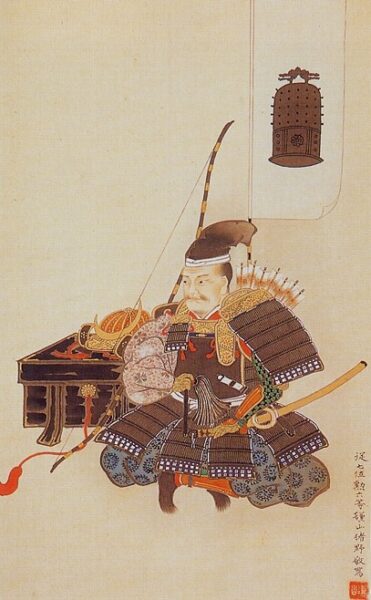
He participated as a military strategist in most of the major battles in which Masamune fought, and saved the Date army from crisis
His talent was also appreciated by Toyotomi Hideyoshi and Tokugawa Ieyasu, who scouted him to become a direct vassal. Ieyasu, as an exception to the "One Castle per Province" order, recognized Kagetsuna as the lord of Shiroishi Castle in the Sendai domain
Shiroishi Castle<Information>
- Name: Shiroishi Castle
- Address: 1-16 Masuoka-cho, Shiroishi City, Miyagi Prefecture 989-0251
- URL: Shiroishi Castle official website
Google Map
"The bravest man in the Date clan" Date Shigezane (1568-1646)
Narizane, who supported Masamune with his bravery, is famous for the caterpillar (some say it is a centipede) on the front of his helmet, which is said to be a reference to the fact that caterpillars never retreat. Narizane was Masamune's cousin
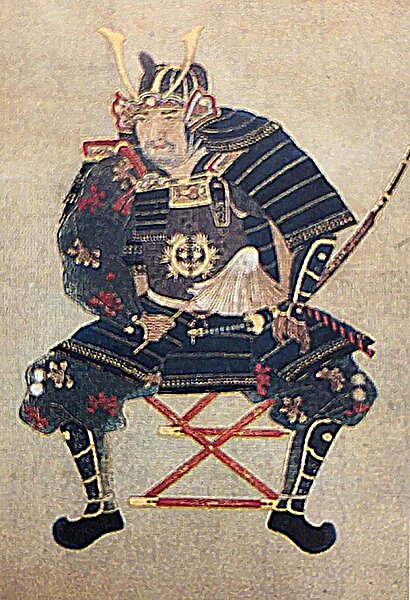
At the Battle of Hitotoribashi, while the Date army was being routed, he, like Oniwa Sagetssai, held his ground and allowed Masamune to escape, and he achieved military merit as an elite member of the Date army in numerous battles
He suddenly ran away in 1595, but returned five years later, and the reason for this is unknown
The descendants of Narizane and his retainers migrated to Hokkaido and developed what is now Date City
Watari Castle Ruins <Information>
- Name: Watari Castle Ruins (Gayu Castle Ruins and Watari Fortress Ruins)
- Address: Kyudate, Watari-cho, Watari-gun, Miyagi Prefecture, 989-2351
- URL: Wikipedia (Watari Castle)
Google Map
summary
It is said that Date Masamune would have been the most powerful man in Japan if he had been born 20 years earlier. If he had ruled Japan, Sendai might have become the capital of Japan
Descendants of the Date clan are still active not only in Sendai but all over the country, but the most famous is comedian Mikio Date of the comedy duo "Sandwichman." Although he is not a direct descendant of Masamune, he is a member of the Date clan





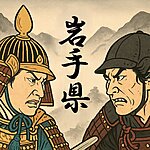
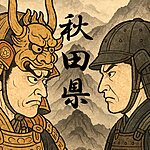


![Four historical sites related to the famous Katakura Kagetsuna of Date Masamune and the Katakura family [Miyagi Prefecture] Katakura Family Mausoleum](https://jp.neft.asia/wp-content/uploads/2024/06/PXL_20240620_055100751-EDIT-150x150.jpg)
![Is it the end of a tragedy or Masamune's conspiracy?... The life of Date Masamune's father, Terumune [Fukushima Prefecture] Date_Terumune](https://jp.neft.asia/wp-content/uploads/2024/12/Date_Terumune-150x150.jpg)
![[Fukushima Prefecture] Is Kuwaori Town, the northern town, the birthplace of the Date family? 1401-009](https://jp.neft.asia/wp-content/uploads/2022/12/1401-009-150x150.jpg)
![Is there a lot of land in Hokkaido that has a connection to Miyagi? The migration of Sendai samurai and the history of Hokkaido development [Miyagi Prefecture] 25087009](https://jp.neft.asia/wp-content/uploads/2023/10/25087009-150x150.jpg)
![Date Harumune's grave and his figure at Hoshuji Temple in Fukushima City [Fukushima Prefecture] Harumune Date, a portrait of the Sendai City Museum](https://jp.neft.asia/wp-content/uploads/2025/01/Date_Harumune-150x150.jpg)
![The pride of the six Tohoku prefectures: "Here lies the majesty of the Sendai domain, a large domain in the Michinoku region with 620,000 koku of rice!" Sendai Castle, built by the One-Eyed Dragon [Sendai City, Miyagi Prefecture] Sendai 1](https://jp.neft.asia/wp-content/uploads/2025/07/49e010662ca3364f1aebf937a671f650-150x150.jpg)
![There is also a castle with a castle tower in Miyagi! Shiraishi Castle, the castle of Katakura Kagetsuna, the senior retainer of the Date family [Miyagi Prefecture] Shiroishi Castle and stone monument](https://jp.neft.asia/wp-content/uploads/2023/10/22427768_m-150x150.jpg)
![Karitamin Shrine in Zao Town, the center of "swan faith" that is passed down in the southern part of the prefecture [Miyagi Prefecture] Monument in the swan](https://jp.neft.asia/wp-content/uploads/2025/01/IMG_0975-EDIT-1-150x150.jpg)
